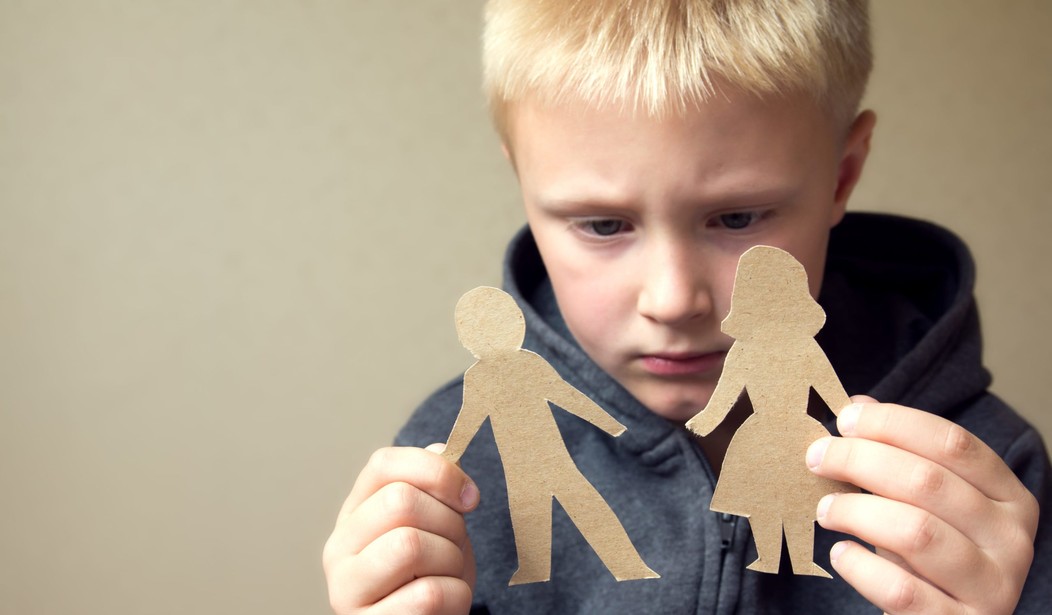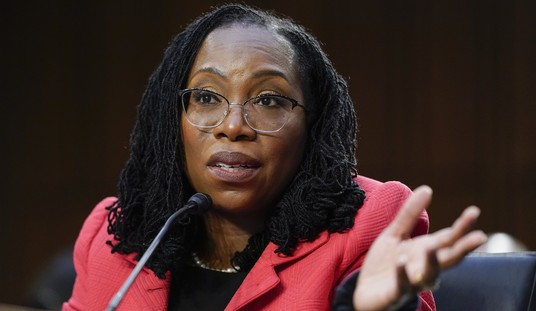Many more teenagers than previously thought may identify as transgender or gender non-conforming, a new study in the journal Pediatrics suggested. Only about 0.6 percent of U.S. adults identify with a gender opposite their birth sex, and previous studies showed about 0.7 percent of U.S. teens do so as well. The study published Monday suggested that the percentage might be closer to 3 percent, however.
To put that in perspective, the U.S. Census Bureau estimated that there were 41.7 million Americans between the ages of 10 and 19. If 0.7 percent of them identify as a gender different from their birth sex, then approximately 292,000 U.S. teens are transgender. If the share is 2.7 percent, however, that would mean 1.13 million U.S. teens are transgender — an increase of 0.86 million.
That’s just shy of the population of San Francisco, Calif. (not including the Bay Area), and quite a bit larger than that of Washington, D.C. (not including the surrounding area).
This week, Pediatrics released a study of Minnesota teenagers in grades 9 and 11. The study surveyed 80,929 students, and found that 2,168 (2.7 percent) identified with a gender opposite or different from their birth sex. The study referred to them as “Transgender and gender non-conforming (TGNC),” and labeled the other 78,761 (97.3 percent) “cisgender.”
These results represented a stunning increase from previous estimates. According to government estimates, about 0.6 percent of U.S. adults (1.4 million) identify as transgender. A UCLA study released last year estimated that 0.7 percent of teens between the ages of 13 and 17 are transgender, about 150,000 kids, CBS News reported.
“With growing trans visibility in the United States, some youth might find it safer to come out and talk about gender exploration,” Nic Rider, a University of Minnesota postdoctoral fellow studying transgender health, told CBS News. “Diverse gender identities are more prevalent than people would expect.”
Some might object to the comparison, however, and it does seem potentially misleading. The inclusion of “gender non-conforming” may have skewed the results.
More of the Minnesota TGNC students were “assigned female at birth.” A full 504 female-at-birth TGNCs (or in traditional terms, “gender-confused girls”) said they were either “very feminine” or “somewhat feminine.” Similarly, 263 male-at-birth TGNCs (or “gender-confused boys”) said they were either “very masculine” or “somewhat masculine.”
To make matters even more confusing, a great deal of students identified themselves as “equally feminine and masculine.” In total, only 339 gender-confused girls (23.6 percent of the female-at-birth TGNCs) identified themselves as “very masculine” or “somewhat masculine.” Only 204 gender-confused boys (30.8 percent of the male-at-birth TGNCs) identified themselves as “very feminine” or “somewhat feminine.”
Considering these numbers, there were only 543 transgender teens in the study, suggesting 0.67 percent of U.S. teens are transgender, or only 279,800 teenagers.
The LGBT movement has embraced many gender identities, including the Native American “two-spirit” identity that embraces both masculine and feminine personalities. The movement has also embraced the term “agender,” as in being genderless. This might help explain those who called themselves “equally feminine and masculine,” and it might also suggest that these identities may likely turn out to be a “phase,” something boys and girls grow out of.
As for the “gender-nonconforming” males who say they are masculine and females who say they are feminine, that is even more likely to be a “phase.”
The Pediatrics study did more than just report the number of Minnesota TGNCs, however. Students who reported confusion about their gender also reported worse health.
We found that students who are TGNC reported significantly poorer health, lower rates of preventive health checkups, and more nurse office visits than cisgender youth. For example, 62.1% of youth who are TGNC reported their general health as poor, fair, or good versus very good or excellent, compared with 33.1% of cisgender youth (χ2 = 763.7, P < .001). Among the TGNC sample, those whose gender presentation was perceived as very congruent with their birth-assigned sex were less likely to report poorer health and long-term mental health problems compared with those with other gender presentations.
This may be a “chicken and egg” problem. In an interview with Reuters, Rider suggested that the “stress and invalidation” of not being accepted by society can lead to chronic health conditions. Could it not also go the other way around? If teenagers are struggling with health and identity issues, might they latch on to the idea that they were born in the wrong body?
Daniel Shumer, a pediatric endocrinologist at the University of Michigan in Ann Arbor, suggested that TGNC teens might hesitate to go to the doctor for fear they’d be mistreated, or referred to by the wrong pronouns…
Ironically, psychiatrists have reported that teenagers are “trying out” being transgender, as a new fad. Almost 40 kids per week, some as young as 4 years old, have been referred to transgender clinics in Britain.
Multiple people have used the logic of transgenderism to “identify” as more than just the opposite sex. Some have undergone expensive surgeries to become extraterrestrials and dragons — no joke! According to former senior software engineer James Damore, Google hosted a seminar on being a “plural being.” The tech company hosted an employee who “sexually identifies as ‘a yellow-scaled wingless dragonkin’ and ‘an expansive ornate building.'”
At what point are parents allowed to protect their children from this ideology? The Minnesota survey may not suggest there are over one million transgender teenagers, but it does suggest that kids are becoming very confused about sexuality, even if TGNC teens “assigned female at birth” still identify as “feminine” and TGNC teens “assigned male at birth” still identify as “masculine.”
Perhaps the transgender movement is partially to blame for this. Were these teens merely sick of the label “cisgender,” as something different and less interesting than “transgender”? Is “gender non-conforming” a way to be sexually subversive without going too far? In an era when every child wants to be special, and at an age where life becomes confusing and difficult, is it any wonder that teens will latch onto labels that provide some differentiation from the herd?
Many kids do suffer from a persistent sense that they were born in the wrong body (a condition termed “gender dysphoria”), but there is more than one way to treat this. While kids need love and acceptance, encouraging transgender identity may not be the most healthy response.









Join the conversation as a VIP Member